The debate around the pros and cons of fishing tight or slack lines has been had many times over. It’s clearly a personal choice, and as most two angling situations are never the same there is no ‘correct’ answer that is applicable all the time.
Most of us have, at one time or another, probably observed big carp at close proximity feeding happily with no lines in the water. Only to see a sudden switch in behaviour after introducing visible monofilament or braid into the swim. The carp we all fish for are often under constant pressure so I personally choose to take every possible opportunity to disguise my trap, all the way from the rod tip to the hook bait. However, to what level I go is also dependent on several key factors that change from swim to swim.

I always try to pin down the first 4-5 rod lengths of line back from my hook bait. Prior to picking my chosen area or the exact spot where I want to lay a baited trap, I will often use my marker rod to get a feel for that spot. I will also feel the lead as it bumps and glides on its underwater path as I tease it along the lakebed back to the bank. Most of the time it is probably unnecessary and impractical to do this all the way back, but I certainly want to know about the nature of the lakebed and line lay on those first few rod lengths back from the rig. This isn’t always possible on very weedy lakes, but on clear pits when fishing open water or to a snag I find that it really helps to build up a virtual picture the underwater contours to imagine the line lay.
When I have identified the best lay and cast the baited rig out, I cast and must hit the clip smoothly (avoiding tangles), feathering it and then feel the lead hit the lakebed cleanly. Then I always allow the line to sink on its own, without putting the line under tension. The only reason I might guide the line under some tension is if I have cast in a cross wind and I need to actively remove any bow in the line. However, I only guide the mono straight after that initial 30 seconds on so while the initial few rods lengths settles nicely the bottom.
After letting the line settle naturally (which can take several minutes), I would then consider if using a back lead is essential. It’s really important to know what is between you and the lead if you are back leading. Shallow water is a very good option to use a back lead, if there is no weed, as the fish are more likely to come into contact with the line. If you are fishing 50yds out into a 25ft deep water, your line will cut right through the water and your lay will not be great. So, this presents another good option to use one. If I do use one, I will always opt for a light back lead around up to 0.50g. It’s very important for the back lead NOT to become an anchored point at your rod tip, that can result in false or even no indication of a bite at all. On weedy lakes, I would never use a back lead.
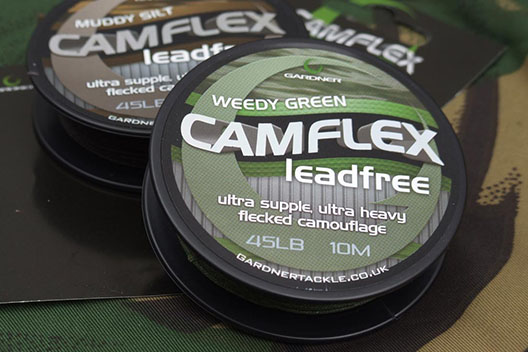
The last few feet (including the hook link) are unequivocally the most important element with regards to being pinned down or disguised. Again, water clarity dictates how OCD I am going to be when it comes to matching the colouration of the lakebed. In fact, these days there would have to be a really good reason why I would choose to lay my rig on gravel, in preference over a silty option. In general, I use the edge of gravel areas to help me identify the exact range to the silty areas, but it’s not my thing to be on the gravel, so most of my chosen colour for end tackle is muddy or natural silt.
In recent years, I’ve reduced the length of my subtle/supple Camflex Leadfree leader to only 18 inches. As the water is very clear on a lot of the lakes I am fishing, I just feel this provides a slight edge. I also always apply 3 sizeable blobs of Critical Mass tungsten putty up the line, spaced at approximately 8 inch intervals above the leader, to give me that added confidence that despite only having an 18 inch leader, the final 3-4ft is all pinned down.
In terms of line, I have been on the super reliable GT-HD monofilament, which is formulated to sink quickly and settle flush on the lakebed. Its Low-Viz dark greenish grey colour also provides superb camouflage as it seems to match almost any background. Main lines are often a very personal decision, and whereas one angler will love a line that another hates, the HD seems to fully satisfy the demands of all my angling so far.
If you’re a carp angler, you may have noticed that it has been virtually impossible to avoid the Ronnie Rig in recent years. It’s mechanics as a low pop-up rig are almost infallible, but I have found that making those subtle tweaks, to change it into a Turbo German to present a wafter hookbait, has really made a tangible difference to the effectiveness of my balanced bottom bait rigs.

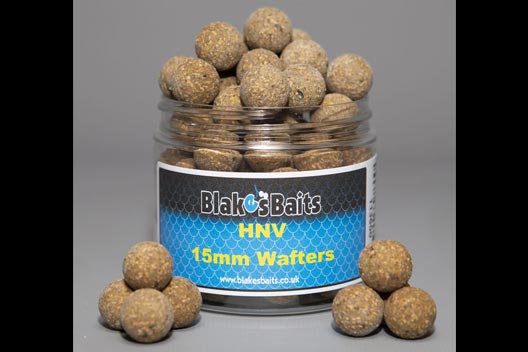

The German has become a firm favourite for presenting single Blake’s HNV-Pro wafter – and when it’s combined with a tiny Micro Mesh PVA bag of blended/dusted HNV boilie crumb you have a fantastic trap that rarely tangles and reacts like lightening. An important tweak that I like to incorporate to the finished rig is positioning a Covert Tungsten Link-Sinker (low bore) about 2” up from the hook on the hooklink; this addition just gives me that little extra confidence, as it both helps to pin down the hook link, but then the weight (and the magic of gravity) helps the hook react even faster when it’s picked up by an unsuspecting carp.
In recent months I’ve been using the test prototypes of the new Gardner Ultra Sink skinned hooklink material. I’ve always been exceedingly particular about skinned hooklink materials; but luckily this stuff has proven to be superb! It clearly sinks, but it also knots superbly and straightens well under pressure without a kettle (perfectly with) and the outer skin doesn’t split as you bed down loop knots (always lubricate knots with go-faster saliva before pulling down knots). If you critically balance your rigs and hook baits too, you will find it kicks out and resets like a stiff boom section should.
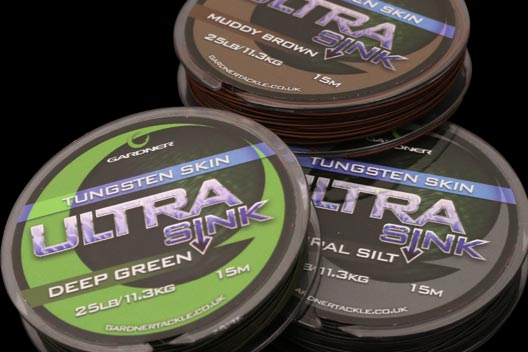
Precision when baiting up is also very important to me. If you have taken all that time and effort to ensure that your line is pinned down and to disguise your terminal tackle, why would you want to spray bait across the lakebed exactly where the line is laying!? That’s just mental…
I always make sure I know exactly where my line is laying and always bait up beyond it. If this means a walk around to another swim, to get better accuracy then that is what I will always do, as sometimes a change in perspective will surprise you with regards the exact position of the hookbait.
Two final things I always do when reeling in my leads after a period of no action. Firstly, I will lightly wrap a baby wipe around my line and pull it lightly in to one of the top eyes of the rod. Then, the secondly i tighten the clutch, then slowly lift the line from the lakebed until I feel in direct contact with the lead. I then wind in the lead and clean the line on retrieval.
Depending what time of the year it is, you can be amazed just how dirty line becomes. I am then confident, the next time I recast the properties of the line are back to its clean and back to its optimum properties.
Be lucky
Carl x




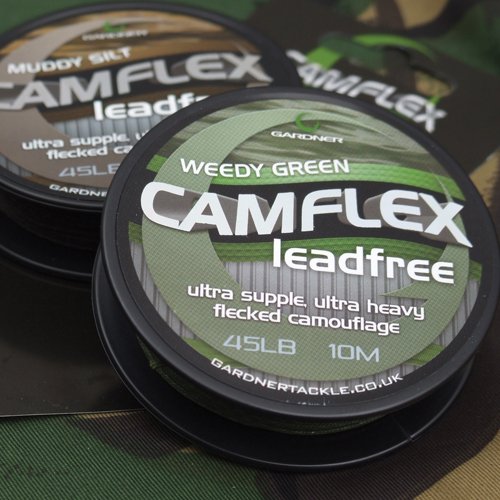
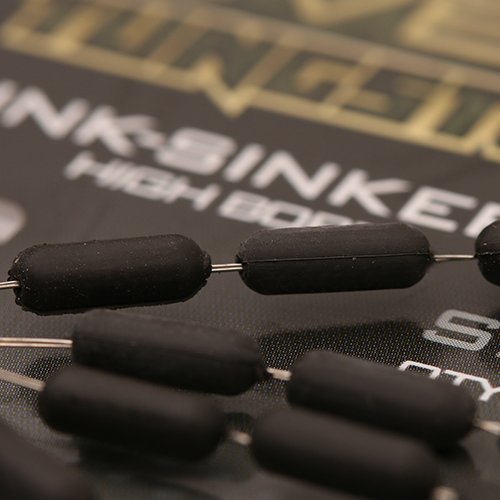

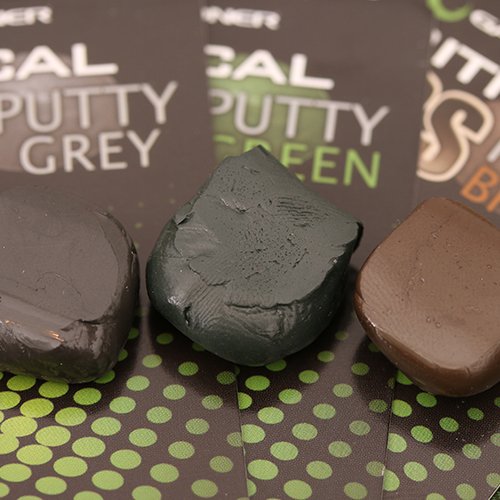

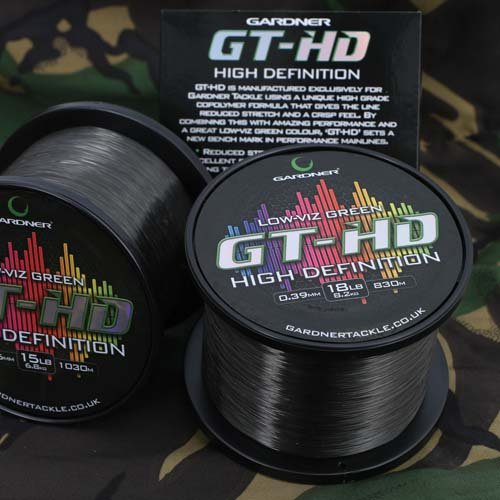

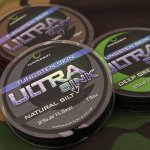

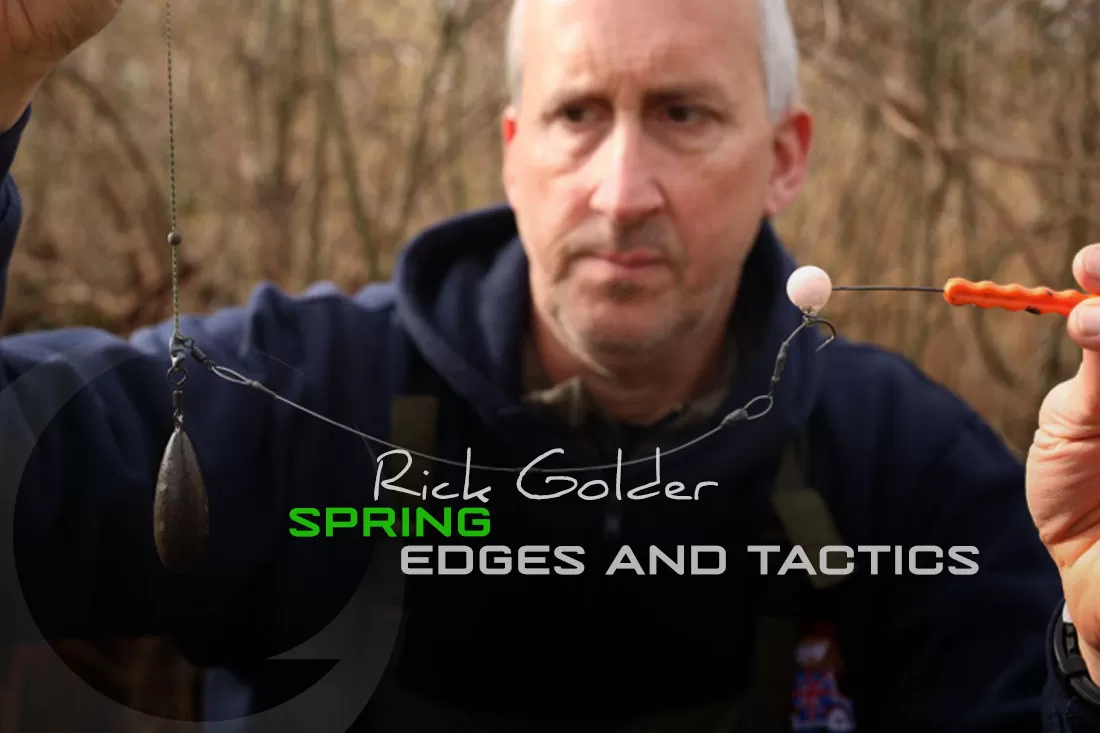
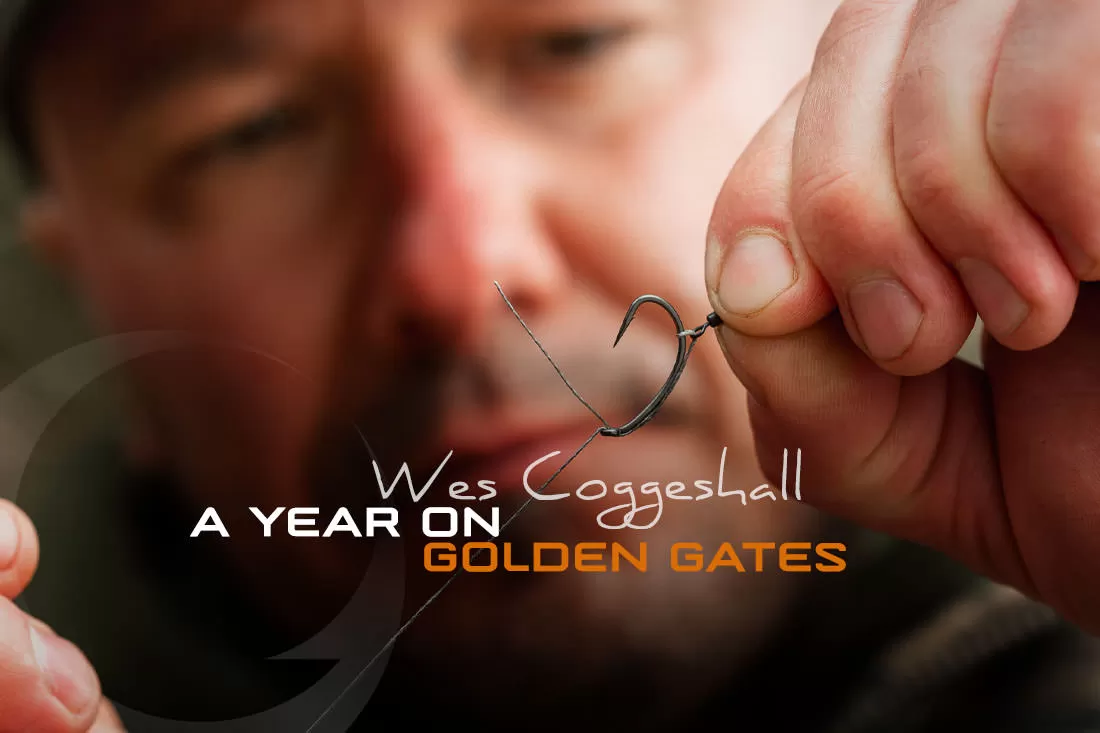
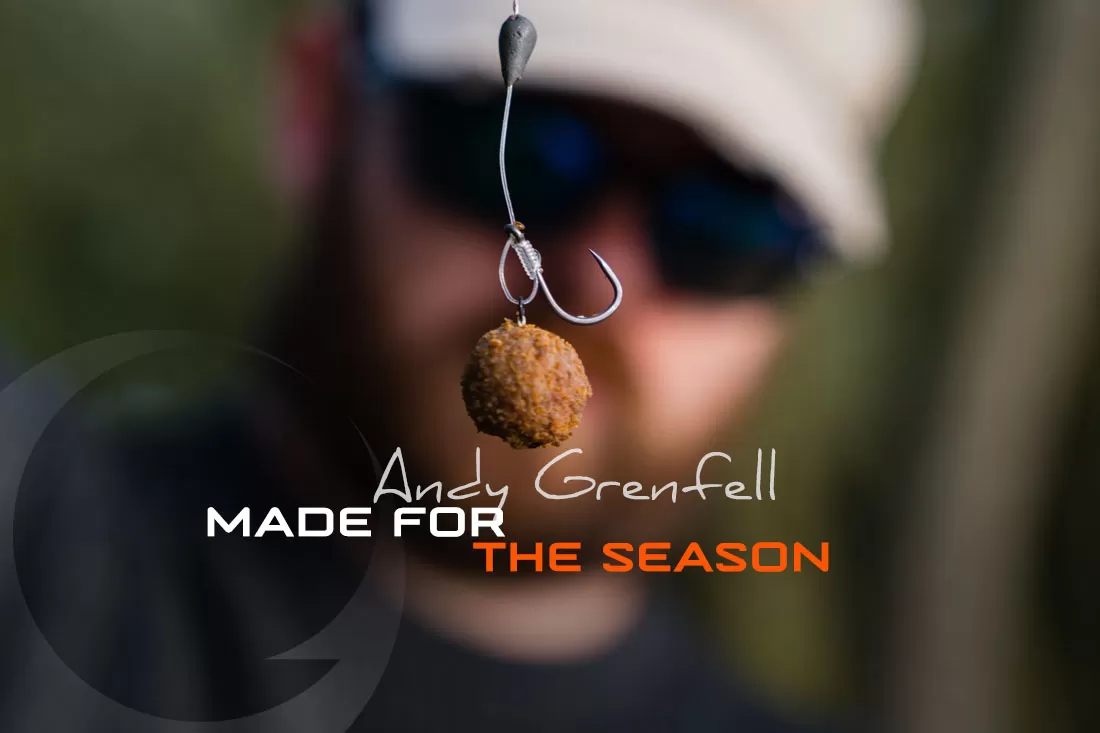
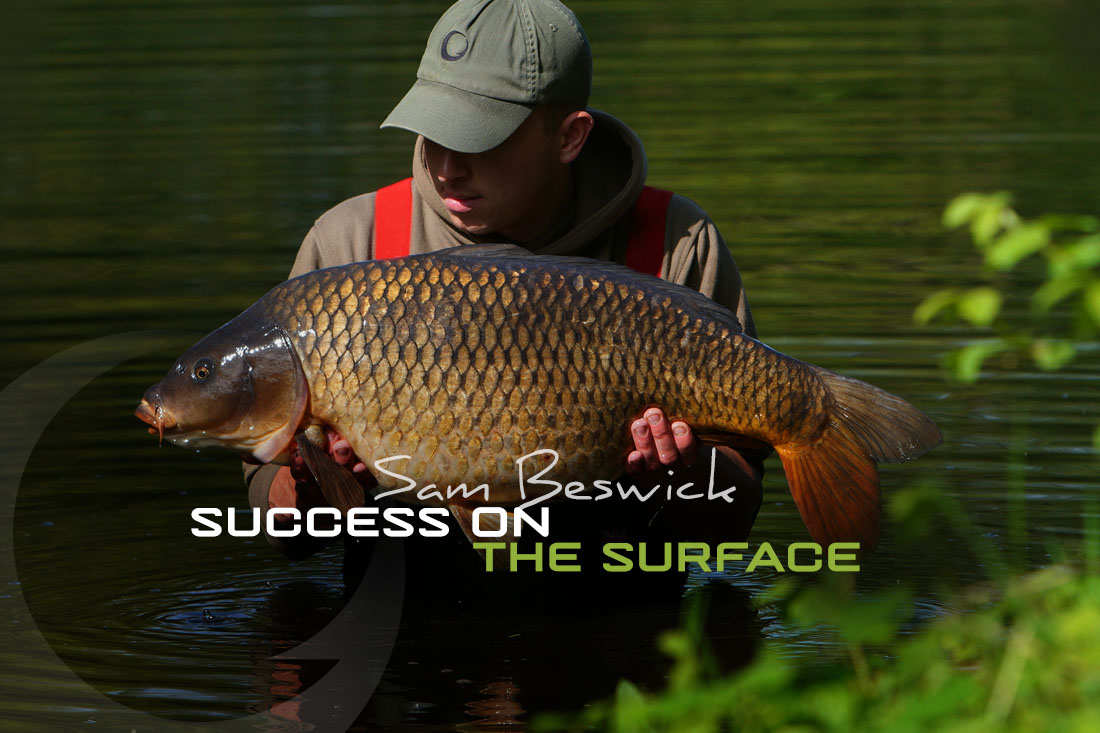
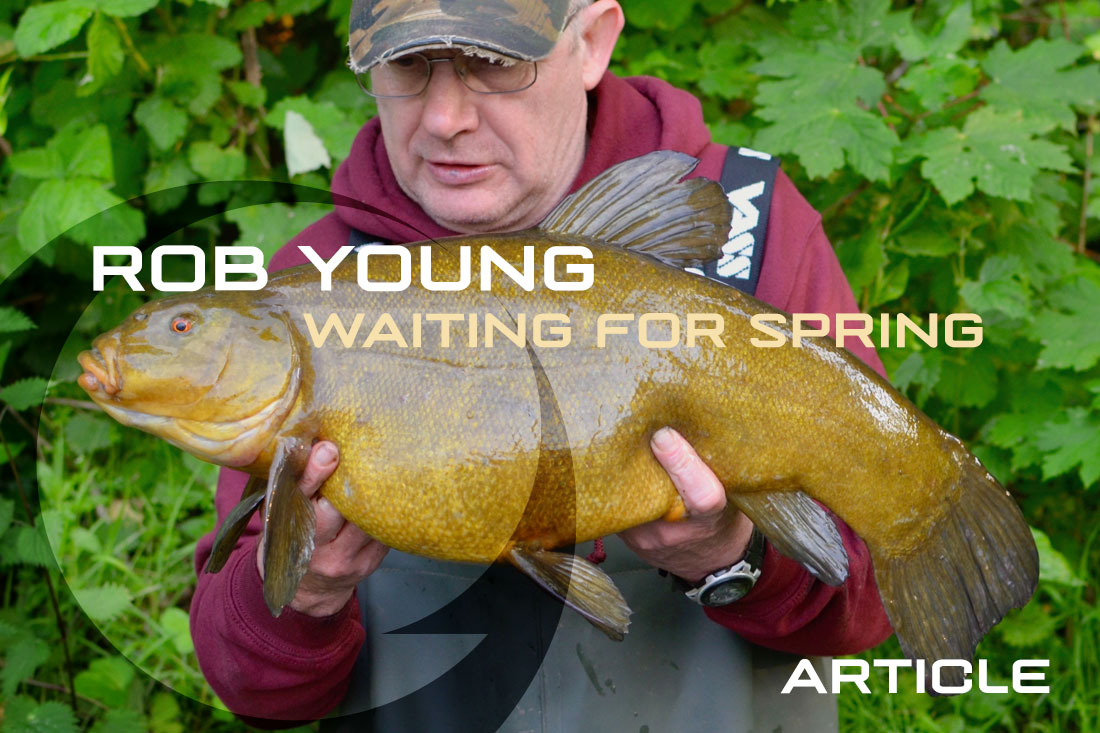
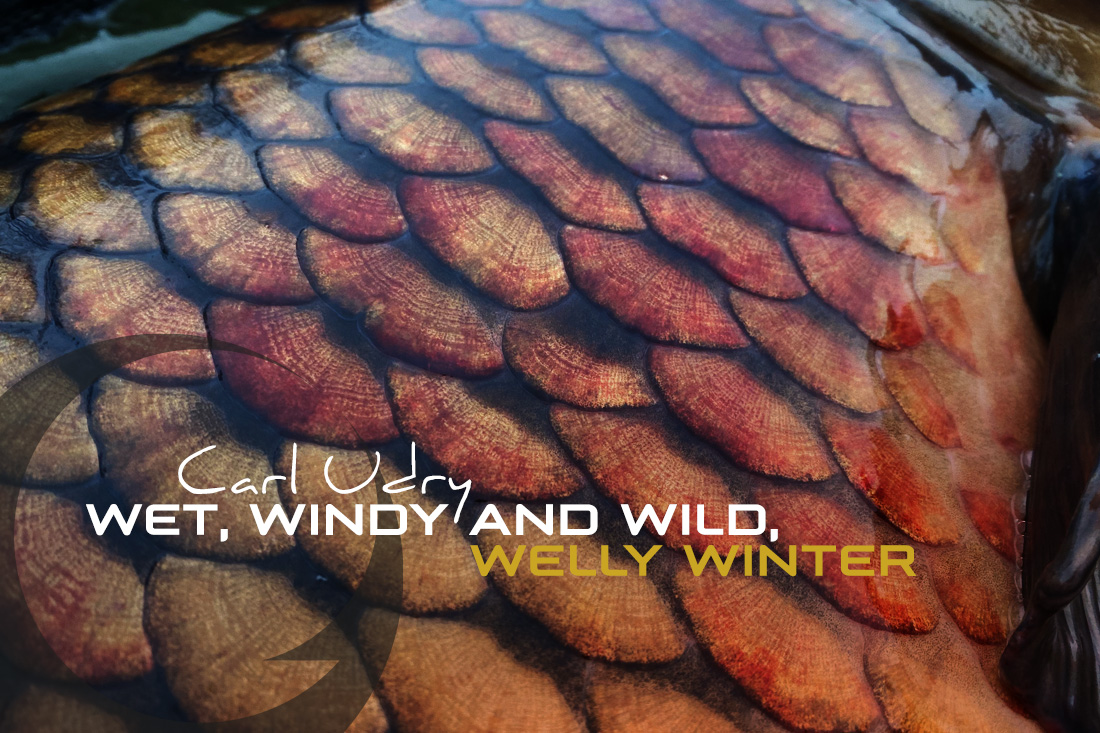
Leave A Comment